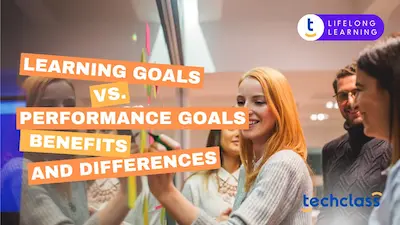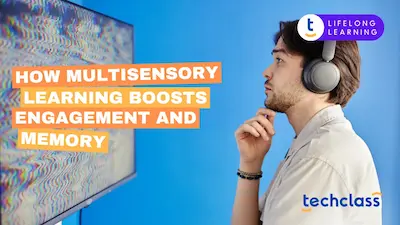
Lifelong learning is more than just an ideal, it’s a skillset that empowers people to grow intellectually, emotionally, and professionally throughout their lives. One of the most powerful (yet often overlooked) ways to accelerate this learning is by teaching what you know to others.
Whether you're mentoring a colleague, tutoring a peer, or explaining a concept to your child, teaching can dramatically enhance your own understanding. Why? Because teaching is not just a transfer of knowledge, it’s a learning process in itself.
Let’s dive into the science behind why teaching makes you smarter and how it can be your secret weapon for lifelong learning.
Albert Einstein once said, “If you can’t explain it simply, you don’t understand it well enough.” Educational psychology backs this up. Learning, at its core, involves internalizing knowledge and applying it. Teaching, on the other hand, requires you to process that knowledge, structure it clearly, and deliver it meaningfully. This dual process turns teaching into a powerful learning tool.
In fact, research has consistently shown that students who explain material to others retain it far better than those who merely review it alone. The key lies in how the brain processes and recalls information.
One of the foundational models that supports this idea is the Learning Pyramid, developed in the 1960s by the National Training Laboratories. According to this model:
Why such a massive leap? Because teaching is a form of active learning. Unlike passive listening or reading, teaching forces you to organize your thoughts, simplify complex ideas, and anticipate questions. These are high-cognitive-demand tasks that strengthen neural pathways, making your knowledge stick.
Psychologists call it the Protégé Effect, when you learn something with the intent of teaching it, you learn more effectively. Even the preparation to teach pushes you to absorb and internalize knowledge deeply. But the act of teaching itself multiplies the impact.
When preparing to teach, learners:
Whether it’s explaining grammar rules to a fellow language learner or walking a friend through a technical process, the Protégé Effect ensures that you walk away smarter, too.
Another powerful cognitive phenomenon is the Testing Effect. This theory suggests that retrieving knowledge by actively testing yourself or explaining concepts is far superior to simply reviewing material.
Philosophers as early as Francis Bacon noted this in the 1600s: “If you read a text twenty times, you’ll retain less than if you read it ten times and attempt to recall it in between.”
Modern science confirms it, retrieval strengthens memory more than review. Teaching, which requires you to recall and present information, acts like a supercharged memory workout. It’s an intentional rehearsal, not just for exams, but for lasting comprehension.
Nobel Prize-winning physicist Richard Feynman developed a method that perfectly captures the learning-by-teaching philosophy. Known as the Feynman Technique, it has four steps:
This technique is a brilliant way to test your own understanding. If you can’t teach it simply, you haven’t mastered it.
According to a Harvard study, employees who spent just 15 minutes a day reflecting on what they had learned performed 23% better than those who didn’t. Imagine if that reflection also included teaching someone else what you learned. The benefits would compound over time.
Starting a daily teaching journal, where you summarize and explain what you learned that day, can be transformative. It’s not just about information retention. It’s about creating a lifelong habit of curiosity, growth, and generosity.
The best part? You don’t need a classroom or a formal teaching role to harness this power. Teaching can happen informally:
Even pretending to teach, imagining how you’d explain something to someone else, is enough to activate deeper learning.
If you’re learning a new language, teaching can double your progress. Explaining grammar rules or vocabulary to fellow learners strengthens your own understanding. Plus, you’ll gain insights into your native language, improve communication skills, and develop empathy for learners.
Learning by teaching is more than a technique, it’s a mindset. It transforms you from a passive consumer of information into an active participant in your own education. It fosters self-awareness, accountability, and a deeper connection with what you learn.
So next time you study something new, ask yourself: How would I explain this to someone else?
Because when you teach, you don’t just share knowledge.
You become smarter.


